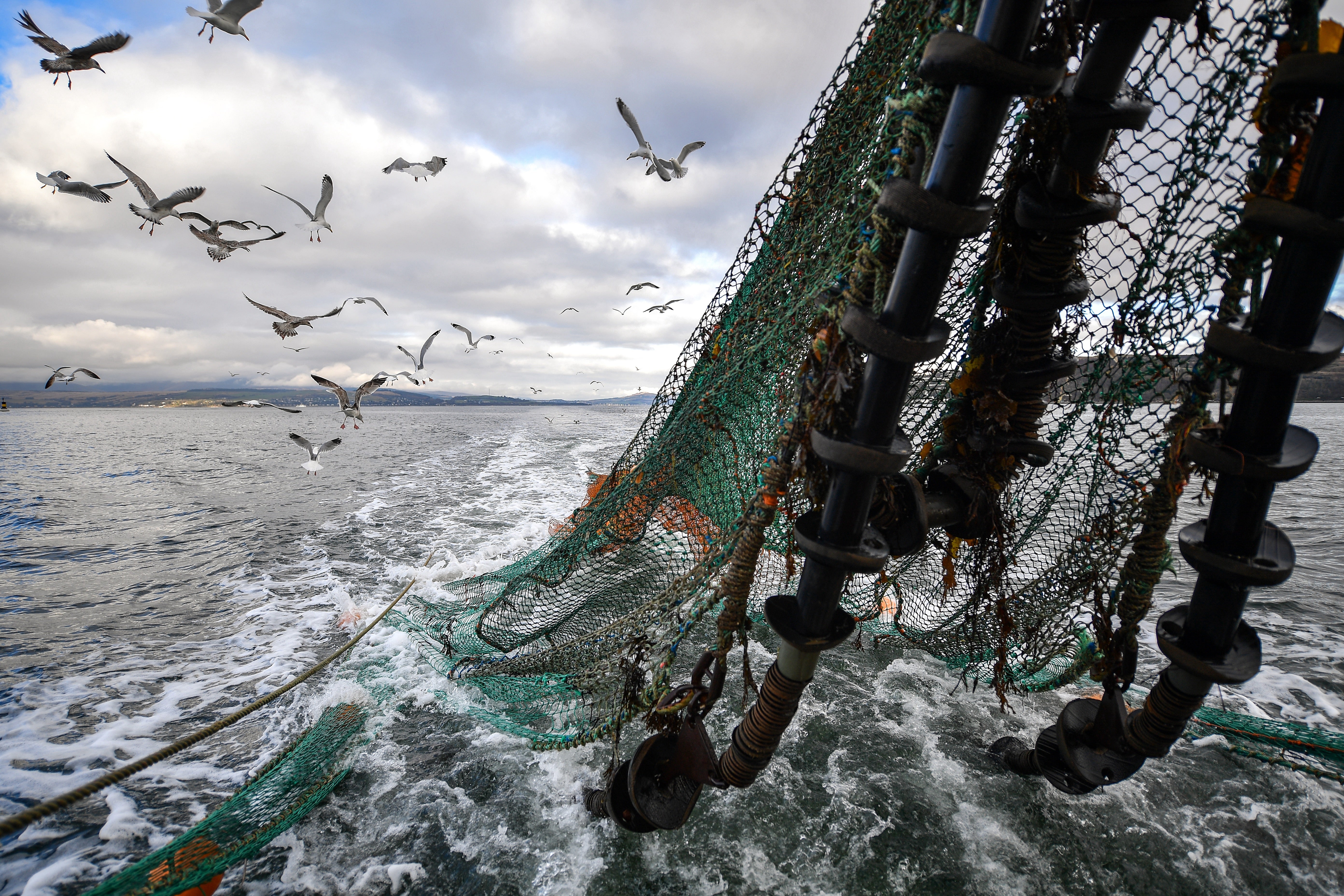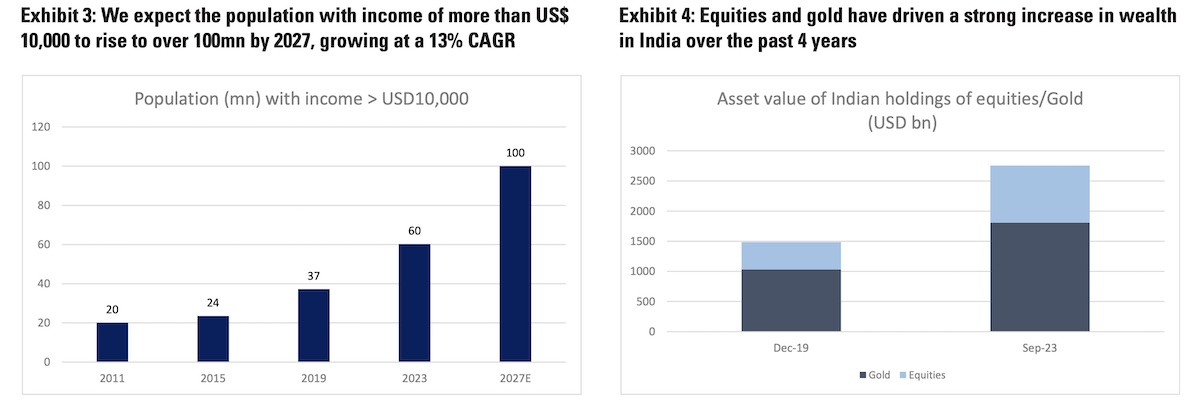
CLIMATEWIRE | Dragging giant nets along the seafloor to catch fish — a practice known as bottom trawling — has long been criticized by environmentalists as destructive to underwater ecosystems.
Now, research suggests it’s bad for the climate as well.
A study published Thursday in the journal Frontiers in Marine Science finds that bottom trawling may release as much as 370 million metric tons of carbon dioxide into the atmosphere each year. That’s equivalent to about half the emissions produced annually by the entire international shipping industry, according to estimates from the International Energy Agency.
That carbon comes from long-buried organic matter trapped in the ocean floor. In the absence of human disturbances, these sediments can stay locked in place for thousands of years. But trawling stirs them up, releasing the stored carbon back into the water column.
Some of this material falls back to the seafloor and gets tamped back down again. But some of it eventually makes its way to the surface in the form of carbon dioxide — a potent greenhouse gas — and diffuses into the air.
About 55 to 60 percent of the CO2 released into the water column by trawling ultimately escapes into the atmosphere, the study finds. And it typically does so within seven to nine years, meaning the effects of trawling happen in short order.
The study’s authors say the research highlights an often overlooked source of climate-warming emissions. And they suggest that regulators have the power to quickly address it.
If policymakers “were to create a different management strategy about where and how [fishermen] trawl, then the climate impact of that policy would be almost immediate,” said lead study author Trisha Atwood, an aquatic ecologist at Utah State University.
But the findings may be controversial. Some scientists believe the paper has overestimated the emissions associated with trawling.
“I’m very skeptical about their estimates,” said Jan Geert Hiddink, an ocean scientist at Bangor University in the United Kingdom who was not involved with the new study, in an email to E&E News.
The paper may have overestimated the total amount of CO2 mobilized in the water column by trawling, he suggested, meaning the amount of CO2 going into the atmosphere would be “overestimated by several orders of magnitude.”
The debate has been unfolding over the last few years.
The new paper builds on an earlier study, published in 2021, that examined the benefits associated with marine-protected areas. The paper was led by Enric Sala, a former academic who later launched the National Geographic Society’s Pristine Seas program, which works to protect the world’s oceans. Sala and many of the original paper’s authors, including Atwood, also worked on the new study, which was funded in part by Pristine Seas.
Restrictions on fishing and other human activities, the 2021 study suggested, can protect biodiversity, boost fisheries and safeguard marine carbon sinks. The 2021 paper also estimated that trawling can release more than a billion metric tons of CO2 into the water column each year.
That was just a preliminary estimate, and it didn’t investigate how much of that CO2 actually escapes into the atmosphere. Still, the paper inspired a spate of headlines comparing the climate impact of trawling with other carbon-intensive industries, such as aviation.
Under the spotlight, it also garnered critiques from Hiddink and other researchers who suggested its estimates were overblown.
In 2023, Hiddink and other scientists published a paper arguing that the 2021 study exaggerated the amount of CO2 released into the water by trawling. When sediments are disturbed on the ocean floor, microbes and other marine organisms feed on them and convert them into CO2. But the 2021 study overestimated just how much of that long-trapped carbon actually turns into CO2, said Hiddink and his colleagues.
In turn, Atwood and her co-authors published a response arguing that Hiddink’s critique relied on incorrect assumptions about the ocean sediments disturbed by trawling and the rate at which they convert to CO2.
“Our response rebutted their assumptions, which we believe are incorrect and lack quantitative support,” the authors said in a recent statement.
The new paper takes the 2021 results a step further, Atwood said. It estimates the proportion of CO2 that escapes from the ocean into the atmosphere in addition to the total amount produced.
The study found that this proportion doesn’t change relative to the total amount of CO2 in the water. No matter how much CO2 is floating around, 55 to 60 percent of it always escapes into the air. That means if future studies continue to narrow down the absolute amount of CO2 released by trawling, they can still rely on that proportion to be accurate, Atwood said.
It’s the first study of its kind to provide such an estimate, Atwood added.
“Really, it’s just helping to arm policymakers with enough information that they can make good decisions,” she said.
Reprinted from E&E News with permission from POLITICO, LLC. Copyright 2023. E&E News provides essential news for energy and environment professionals.






















































